Between March and June 1977, Z.A. Bhutto had to face a protest movement against his government the kind he had himself triggered and then led 10 years earlier against the Ayub Khan regime.
But even though the movement against Bhutto in 1977 was as strong, impactful and effective as the one that ousted Ayub, this movement’s class and ideological make-up was squarely different from that of the 1968 movement.
In 1968, a wide cross-section of the society had participated — left-wing middle-class youth, blue-collar workers, peasants, etc. The1977 movement on the other hand, largely revolved around right-wing student groups, middle-class/white-collar professionals, traders and urban and semi-urban petite-bourgeoisie.
The PPP had contested the 1970 election on a populist socialist manifesto and the first three years of his regime were spent in repairing the morale of the armed forces and the civilians that was deeply damaged by the separation of East Pakistan and the defeat of Pakistani forces at the hands of the Indian army.
It was also during these years that his regime implemented large-scale populist policies that included the nationalisation of a number of industries. Also during this period, the Bhutto regime drafted a brand new constitution (1973) and managed to get it passed in the national assembly by gaining the approval of all political parties.
By 1973, the regime had also successfully managed to somewhat restore the economy. Contrary to popular perception, and according to political economists such as S. Akbar Zaidi, Asad Sayeed, V.Y. Belokrenitsky and V.N. Moskalenko, Pakistan’s economy actually rebounded after the beating that it had received during the later years of the Ayub regime and especially after the economic fall-out of the conflict in East Pakistan.
However, it is also true that the economic restoration could not withstand the stress generated by the 1973 international oil crises that raised the inflation rate in the country and Bhutto had to devalue the rupee. This got a negative response from traders and businessmen who then began to ship out their capital, creating a new economic crisis.
The incompetency and inexperience exhibited by the new managers in the nationalised industries further deepened the crisis and the Bhutto regime now decided to look towards the oil-rich Arab countries that had begun to make large profits due to the unprecedented hike in oil prices after 1973.
By 1974 Bhutto had overtly become the pragmatist that he actually was and began to ease out the hard line leftists from his cabinet. Conscious of the early moves made by oil-rich Arab states to begin funding a mainstream revival of ‘Political Islam’ in Muslim countries, Bhutto began manoeuvring a delicate balance between his socialist/populist policies and the emerging interest in Political Islam to attract ‘Petro-Dollars’ from Arab countries.
He cracked down on radical labour and student outfits (calling them ‘impractical’ and detrimental to Pakistan’s recovery), and tried to appease right-wing opposition by agreeing to address some of their demands to ‘Islamise the Constitution’.
Bhutto was sitting easy in 1976 as the petro dollars began to come in and he had quietened opposition from the left as well as the right (one through arrests and the other through pragmatic appeasement). He also seemed to have the military’s support and backing after he initiated a military operation in Balochistan against supposed Baloch separatists.
Feeling confident, he announced elections almost a year before they were due only to be left feeling surprised when he saw a fractured and battered opposition unite on single electoral platform to compete against the PPP in the 1977 election.
The Pakistan National Alliance (PNA) was made-up of nine anti-PPP parties. It included three of the country’s main religious parties, some moderate conservative parties and a few small left-wing outfits.
PNA largely represented the frustrations and aspirations of those groups that had been affected the most by Bhutto’s policies. These included industrialists, businessmen, traders, shopkeepers, the anti-Bhutto landed gentry and urban middle-classes.
The PNA denounced the government for being detrimental to the cause of Islam in Pakistan and for turning Pakistan into a ‘land of sin’. They also accused Bhutto of being a ‘civilian dictator’, an ‘oppressor’ and ‘a drunkard’ who had let loose a reign of hooligans on the streets of the country.
Bhutto’s party which, by now, had toned down its socialist rhetoric and tried to prove that its Islam was more enlightened than that ‘of the capitalist and feudal mullahs of the PNA’, won the election, which were marred by allegations of rigging.
The PNA cried foul, boycotted the provincial election and decided to start a protest movement. Today, according to various analysts and historians, rigging took place on not more than a dozen seats (in the Punjab) but resentment against the regime in certain sections of the society had been brewing so strongly that the movement that Bhutto thought would fizzle out, erupted in the most devastating fashion.
According to a detailed study of the movement done (in 1980) by historian and author Ahmad B. Syeed, the main participants/protesters of the movement included disgruntled urban middle and lower-middle class youth (mostly belonging to Karachi and Lahore); traders, shopkeepers and white-collar office workers.
According to Syeed’s study, the working classes and the peasants largely remained away from the movement. The agitation against the regime and the police crackdowns mostly took place in Karachi, Lahore and Rawalpindi. Government buildings, police stations, homes of the members of the PPP, nightclubs, bars, cinemas and hotels were attacked by mobs demanding Nizam-i-Mustafa.
Bhutto called in the army and imposed long curfews but even this failed to stem the protests. Cops frequently opened fire on the rampaging mobs but some military personnel refused to follow the orders of their superiors to fire and this became a major concern within the military.
Wealthy industrialists who had been stripped of their perks and power by Bhutto were accused of funding the movement and the regime also alleged that the United States was bankrolling the protests. Many PPP leaders also pointed the finger towards the large amounts of Saudi Riyals that (according to them) had reached the coffers of the religious parties.
After a month of violence, Bhutto invited the PNA for talks. The PNA demanded fresh elections and the implementation of Shariah Laws. To stall the first demand, Bhutto agreed to conditionally implement the second request and in April 1977 he ordered the closure of all nightclubs and bars. He also banned the sale of alcohol (to Muslims) and replaced Sunday with the Muslim holy day (Friday) as the weekly holiday. PNA decided to stay in the talks.
More than a decade later, veteran JI leader, late Prof Ghafoor Ahmed, who played a leading role in the movement, told journalists that the talks went well and just when Bhutto had agreed to hold fresh elections, Gen Zia decided to impose the country’s third Martial Law (July 1977).
He said that most PNA leaders were happy at how the talks had gone but some leaders, such as Asghar Khan (of the moderate conservative, Tehreek-i-Istaqlal) and Begum Wali (wife of the left-wing Pukhtun nationalist, Wali Khan), desired military intervention.
When asked why then did JI join Zia’s first cabinet whereas most PNA parties opposed the Martial Law, Prof Ghafoor claimed that joining Zia was the decision of the party’s Punjab leadership.
Zia, who adopted PNA’s ‘Islamic’ rhetoric and agenda, went on to rule Pakistan for the next 11 years. Bhutto was arrested and in 1979, through a highly controversial trial, he was sentenced to death for a political murder he was alleged to have ordered, and hanged.
Published in Dawn, Sunday Magazine, August 31, 2014

























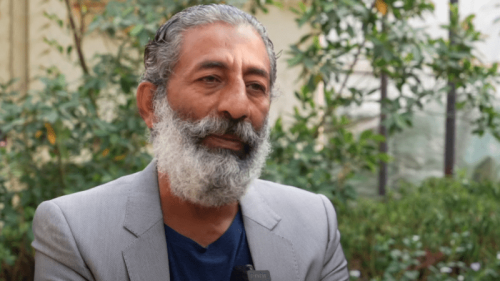







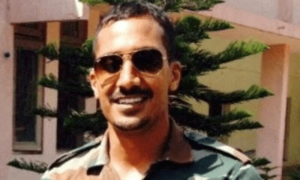







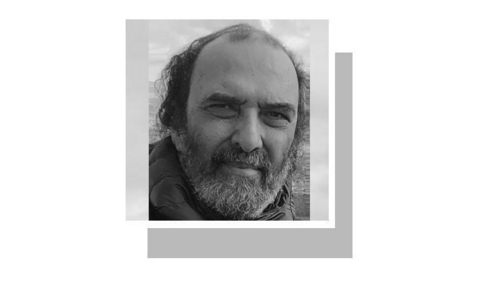

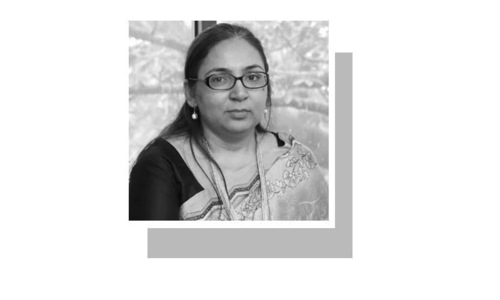
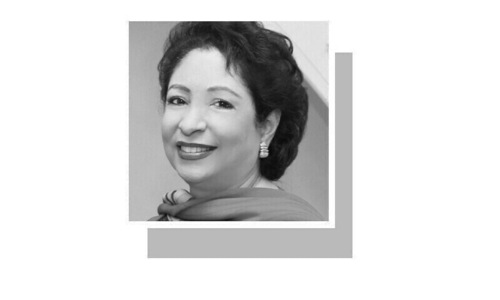

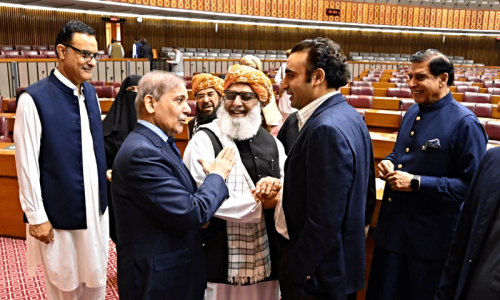

Dear visitor, the comments section is undergoing an overhaul and will return soon.